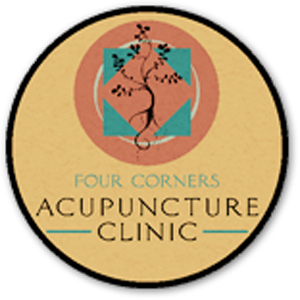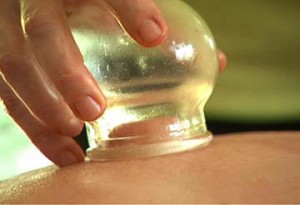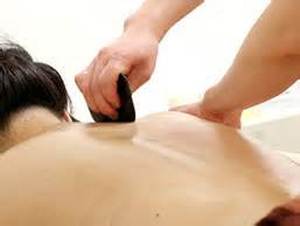CHINESE HERBAL MEDICINE
Chinese herbs are often used in conjunction with Acupuncture to enhance the therapeutic effect and support the body’s process of healing. Chinese herbs have been used and documented for thousands of years, and although most cultures have their own form of materia medica, the complexity and sophistication of Chinese herbs is unsurpassed. Rather than using the same herb for each person with similar symptoms, Chinese medicinal formulas are taylored specifically to each person and their particular pattern, or imbalance. It is very important to provide your practitioner with a complete list of all medications and supplements you are currently taking to avoid adverse reactions.
MOXIBUSTION
Moxibustion involves the heating of acupuncture points with smoldering mugwort herb known as moxa. Moxibustion stimulates circulation, counteracts cold and dampness in the body, and promotes the smooth flow of Blood and Qi, or life force energy. This safe, non-invasive technique may be used alone, but it is generally used in conjunction with acupuncture treatment.
CUPPING
Cupping is an ancient technique, used in many cultures, in which a special cup is applied to the skin and held in place by suction. The suction draws superficial tissue into the cup, which may either be left in place or moved along the body. Cupping brings fresh blood to the area and helps improve circulation. Traditional cupping, sometimes referred to as “fire cupping,” uses heat to create a vacuum-like suction inside of glass cups. In modern times, cups that use a small pump to create suction have also been introduced.
GUA SHA
Gua Sha is an East Asian healing technique. Gua means to scrape or rub. Sha is a “reddish, elevated, millet-like skin rash,” also known as petechiae. Sha is the term used to describe Blood stasis in the subcutaneous tissue before and after it is raised as petechiae. Gua Sha is one technique that intentionally raises Sha rash or petechiae. Gua Sha is used to treat as well as prevent common cold, flu, bronchitis, asthma, as well as any chronic disorder involving pain, congestion of Blood and Qi, or life force energy.
TUINA
Tui na means “pushing grasping,” and is a powerful form of Chinese medical bodywork. Based on the same Oriental medical principles as acupuncture, tui na seeks to improve the flow of qi through the meridian channels. Tui na is particularly effective for conditions involving muscles, tendons and joints, such as structural misalignment, orthopedic problems and sports injuries. It can also be used to treat internal diseases.
E-STIM
E-Stim is short for Electric Stimulation. Wires or electrodes are attached from an E-Stim device to acupuncture needles inserted through the skin to induce continuous electric pulses most commonly for pain management. E-Stim with acupuncture is sometimes called Electro-Acupuncture or PENS (Percutaneous Electric Nerve Stimulation).
SHONISHIN
More commonly known as pediatric acupuncture, Shonishin literally translated means sho for little, ni for children, and shin for needle (though typically no needles are used and nothing actually penetrates the skin). Shonishin is a unique, non-invasive and gentle pediatric style of acupuncture that developed over 250 years ago in Japan. Safe, quick, and easy to perform, these modified Japanese acupuncture methods involve the application of light touch diagnosis and non-insertive techniques such as rhythmic stroking, pressing, scratching and tapping methods (as well as contact needle acupuncture) in simple treatment patterns.










